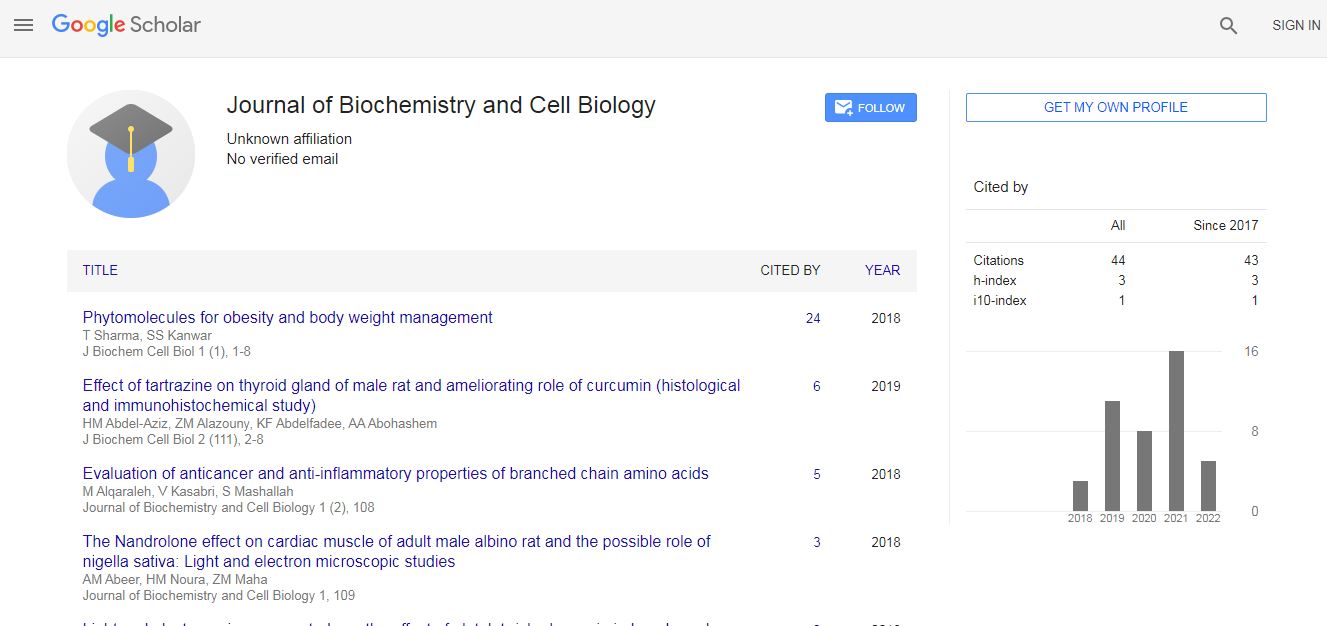Biochemical characterization of gamma-glutamyl transferase from Bacillus altitudinus: A potential enzyme for L-theanine production
*Corresponding Author:
Copyright: © 2019 . This is an open-access article distributed under the terms of the Creative Commons Attribution License, which permits unrestricted use, distribution, and reproduction in any medium, provided the original author and source are credited.
Abstract
L-theanine (L-Th), a non-protein amino acid present in tea is a valuable nutraceutical and food additive, amongst the top best seller for insomnia and generally regarded as safe (GRAS) ingredient by Food and Drug Administration (FDA). In vitro, in vivo as well as clinical studies have shown its positive effect in regulating various neurological disorders. L-Th enhances umami taste in tea and other foods but its use is limited due to its inadequate production in tea plant (7-21 mg/g dry weight basis). Amongst the different reported production and extraction approaches, microbial transformation with advantages like highest possible efficiency, least waste formation and lowest environmental impact have been tried to meet its demand. More than 300 isolates from tea rhizosphere were screened for L-theanine synthesis using glutamine (20 mmol L-1) and ethylamine (50 mmol L-1) as donor and acceptor, respectively. Highest L-theanine producing strain was identified as Bacillus altitudinus
through physiological and biochemical properties with 16 S rRNA sequence analysis and was further taken for optimization studies. The production of extracellular enzyme γ-Glutamyl transferase (GGT) was optimized using one-variable-at-a-time (OVAT) and statistical approaches i.e., Plakett-Burman and Central Composite Design. Maximum GGT production of 442 U ml-1 was obtained at 28 ˚C, 200 rpm and pH 7 with glucose (0.1%) and yeast extract (0.3%) as carbon and nitrogen sources. GGT was purified to homogeneity from culture of Bacillus altitudinus in three steps and characterized. A molecular mass of 62 kDa was determined by gel filtration chromatography. The purified GGT has optimum pH and temperature 8.0 at 37 ˚C, stable up to pH 6-10 and temperature < 50 ˚C. The enzyme exhibited the highest affinity for Ca2+ ions. GGT produced from Bacillus altitudinus represents an attractive candidate for large scale L-Th production.

